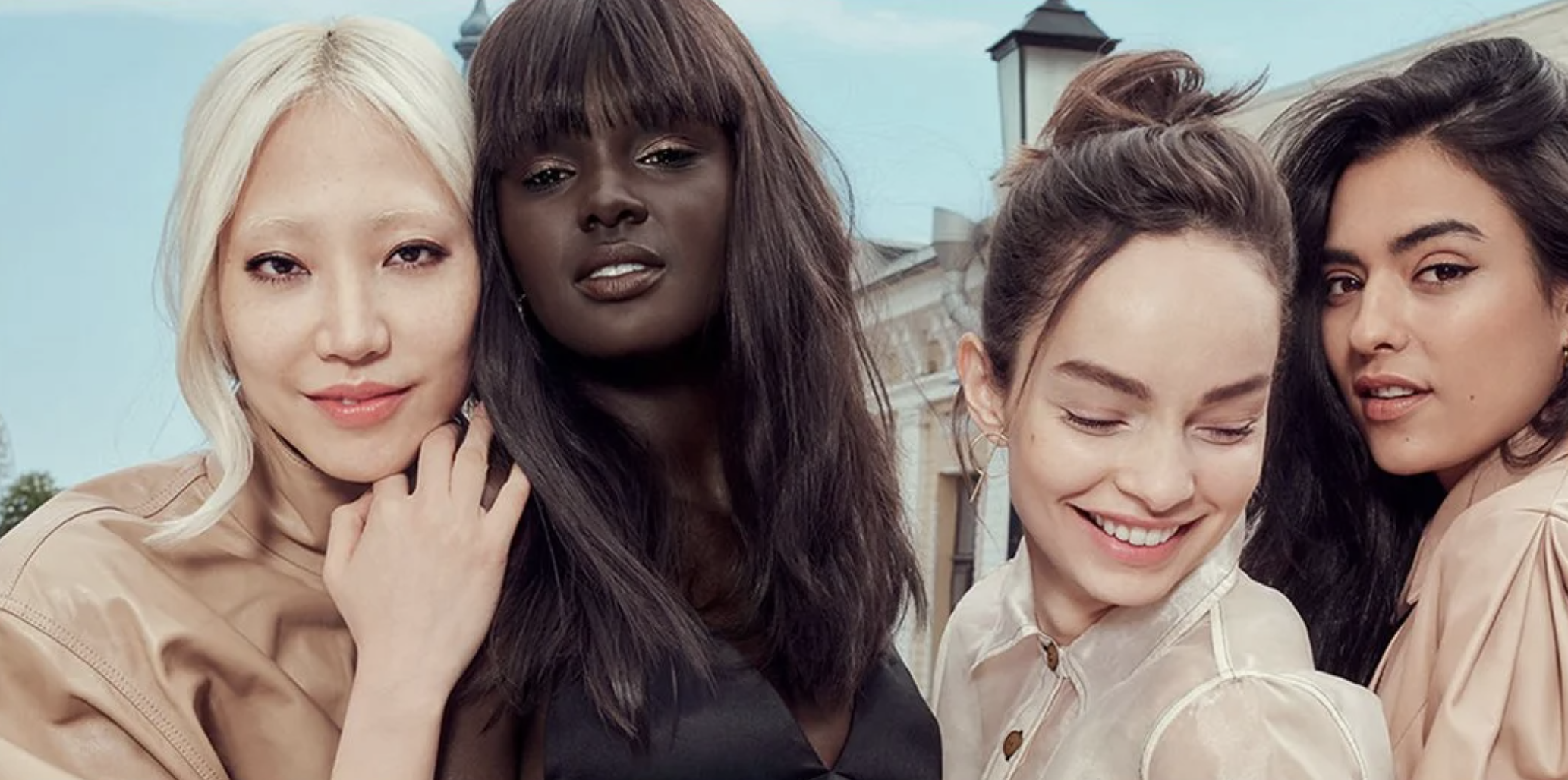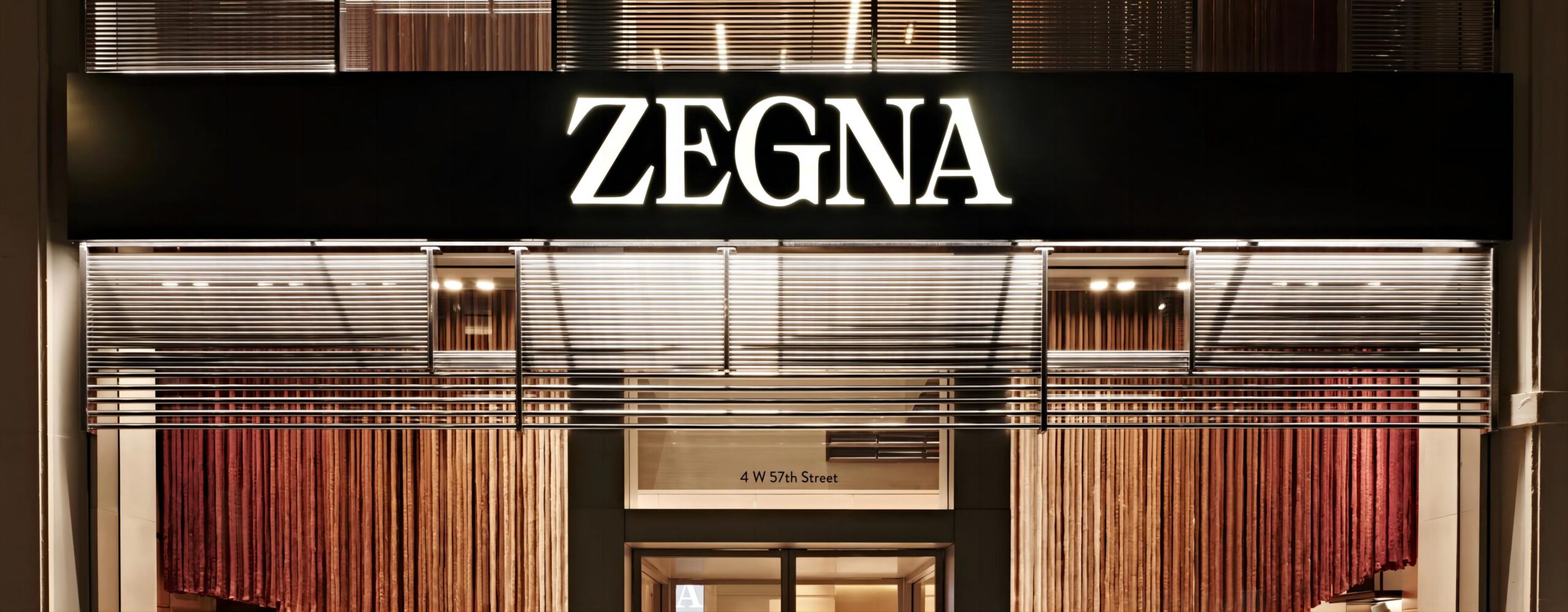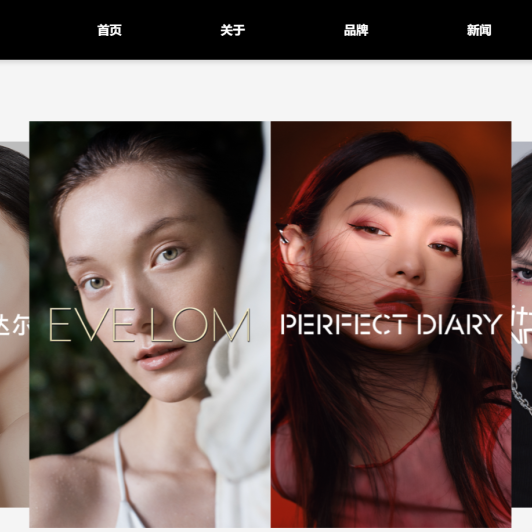On February 8, L’Oréal Group, the French cosmetics giant, announced its financial results for the fiscal year ending December 31, 2023. The company reported a 7.6% increase in annual sales to €41.18 billion, with a consolidated growth of 11.0% over the previous year.
Following the announcement, L’Oréal’s CEO Nicolas Hieronimus, CFO Christophe Babule, and the presidents of the group’s four major business divisions attended an analyst conference call. During the call, the executives reviewed the achievements of 2023 and discussed the company’s future growth drivers and the Chinese market in detail.

Nicolas Hieronimus highlighted twelve milestone achievements for 2023, including: achieving double-digit year-on-year growth for the third consecutive year, sales exceeding €40 billion; despite widespread inflation, volume sales continued to grow; the consumer products division achieved its best growth in over 30 years; the dermatological beauty division marked its sixth consecutive year of double-digit growth, making it the highest profit margin division; the luxury products division outperformed the market for the 13th consecutive year, ranking first in luxury beauty globally; the acquisition of Aesop; the ultra-luxury brand Helena Rubinstein surpassed €1 billion in sales, adding another billion-scale brand to the group; the professional products division reached a 25% global market share; emerging markets became a real growth engine for the group, contributing 30% to this year’s sales growth despite only accounting for 15% of total sales; Europe achieved its first double-digit growth in over two decades; North American market growth accelerated, with sales surpassing the €10 billion mark; and the market share in China increased by 80 basis points.
Performance in the Chinese Market
In the fourth quarter, the performance of the mainland China market was flat, with a slight decline compared to the previous quarter.
Due to continued low consumer confidence, the expected recovery at the beginning of 2023 did not materialize. However, in this challenging environment, L’Oréal’s shipments in mainland China still grew by 5.4%, with actual sales increasing by 7.7%, significantly outperforming the market and exceeding expectations.
The dermatological beauty division performed exceptionally well, with sales increasing by 21%, nearly six times higher than the market average. The luxury products division set a new record in the Chinese market with a 32.8% market share, three times the average market growth rate. In the Chinese market, the consumer beauty division outperformed the market average and successfully expanded into social commerce. China is the second-largest market globally for the group’s professional products division, with sales in China increasing by 20% in 2023.
The Hainan market experienced a decline of over 20% due to the adverse effects of changes in the Purchasing Policy. The North Asia market saw a 0.9% decline in sales due to the weak economy in mainland China and sluggish tourism retail in Hainan. However, China remained among the top ten contributors to the group’s global growth in 2023.
During the Lunar New Year period, domestic tourism in China increased, and it is expected that the tourism retail business in China will improve in the second half of 2024. Nicolas Hieronimus stated that sales in mainland China in January 2024 were very optimistic, and the group is satisfied. The China market is not expected to be overly active in the first half of 2024, but confidence is high for the second half.
L’Oréal Group revealed that in the Chinese market, the market shares of Western brands and domestic Chinese brands are increasing, at 44% and 47%, respectively, while the market share of other Asian brands (such as Japanese and Korean brands) is declining.

Seven Growth Drivers for 2024 and Beyond
After a year of exceptionally strong growth, driven by inflation-driven pricing, Nicolas Hieronimus expects the global beauty market to return to its historical growth rate of around 4% to 5% in 2024 and beyond. He shared that the group’s main growth drivers for 2024 and beyond include:
1) Emerging Markets
In 2023, the sales in the South Asia Pacific region, the Middle East, North Africa, and sub-Saharan Africa combined grew by 23.2%, while the sales in the Latin America region saw a consolidated increase of 24.4%.
Nicolas Hieronimus mentioned, “The economies of Latin America, Brazil, India, Indonesia, and Saudi Arabia are very active, and the beauty market has strong growth potential. By 2030, just India and Indonesia alone will have 250 million people joining the global middle class. E-commerce and social media enable us to directly reach the young population in these regions, who have a strong desire for beauty consumption.”
2) Chinese Market
Nicolas Hieronimus stated, “We firmly believe that China is still the next China. Despite some short-term uncertainties, the sheer size of the Chinese beauty market remains highly attractive. Even with just a 6% single-digit growth in 2023, it’s equivalent to adding half of the Italian market’s share each year.”
Currently, L’Oréal Group only covers a quarter of its targeted 400 million customer base in the Chinese market. The group focuses more on the mainland China market (domestic consumption) rather than travel retail.
The China market has the highest online business ratio within the group, accounting for 62% of sales. Meanwhile, the group’s continued investment in China’s offline business is yielding returns. Nicolas Hieronimus also revealed that a new intelligent distribution center will be opened in Suzhou in a few months to enhance its logistics capabilities.
Additionally, in the past two years, L’Oréal Group has invested in two high-end Chinese fragrance brands through its strategic innovation venture capital firm BOLD: Documents and To Summer.
Cyril Chapuy, President of the Luxury Products Division, also mentioned, “Due to structural reasons, the fragrance market has been very active over the past three years. Firstly, in North Asia, especially in China, the penetration rate of fragrances among the younger generation has indeed exploded. Secondly, the fragrance market is moving towards premiumization, and our luxury division’s licensed fragrances, such as Armani and Prada, are among the fastest-growing parts of the market.”
3) Prospects in Europe and North America
Both regions are experiencing population aging (the Baby Boomer generation accounts for 21% of the North American population and 18% of the European population), which means this demographic has stronger purchasing power to buy more expensive products. North America has the highest proportion of wealthy consumers globally, which is a significant advantage considering the group’s brand portfolio is aimed at upper-middle-class consumers. One of the main trends in the European market is the medicalization of beauty.
4) Strong Innovation
Over the past 11 years, L’Oréal Group’s R&D budget has doubled, and the group’s research and development spending now exceeds the total of its first, second, and third-ranked competitors. In 2023, the group’s research and innovation expenditure grew by 13% to nearly €1.3 billion.

5) Digitalization Leadership
L’Oréal Paris and several luxury brands have achieved remarkable growth on the Douyin platform(Chinese TikTok). In 2023, the group also launched Lancôme and Kérastase on Amazon. According to Cyril Chapuy, Amazon has significantly helped to increase Lancôme’s penetration rate in the U.S. market, with 73% of users purchasing Lancôme on Amazon being new users, making the brand the sixth-ranked luxury beauty brand on Amazon in just eight months.
In 2023, the group’s e-commerce channel sales grew by 9.5%, accounting for less than 27% of the total sales. The Asian travel retail e-commerce performed strongly, but the vitality of China’s Tmall platform has decreased compared to usual. The two major growth drivers for the e-commerce business are Amazon and Douyin (including TikTok Shop).
6) Improving A&P Efficiency with Artificial Intelligence
For example, using BETiq, a unique tool developed by L’Oréal, to measure and improve the ROI of A&P investments. This tool is now in use in four key markets of the group and will be rapidly expanded to more markets in 2024.
7) Focusing on Beauty, Covering All Beauty Tracks (do only beauty, but all beauty)
Each beauty division plays a clear role. For instance, the mission of the Consumer Products Division is democratization and premiumization, key to accelerating the development of emerging markets and achieving profitability. The goal of the Luxury Products Division is to steadily enhance consumer experience through its ideal brand portfolio.

| Source: L’Oréal Group conference call
| Image Credit: L’Oréal Group official website
丨Reporter:Wei Fang
| Editor: LeZhi



